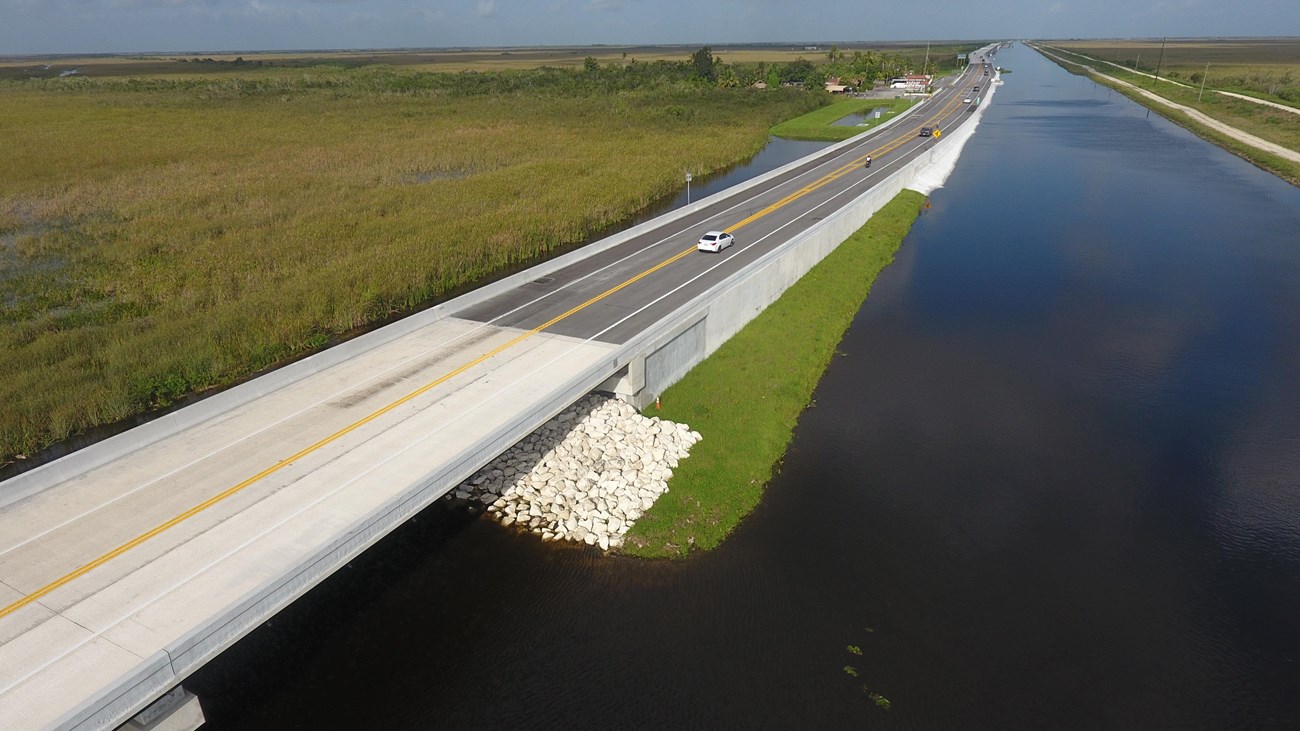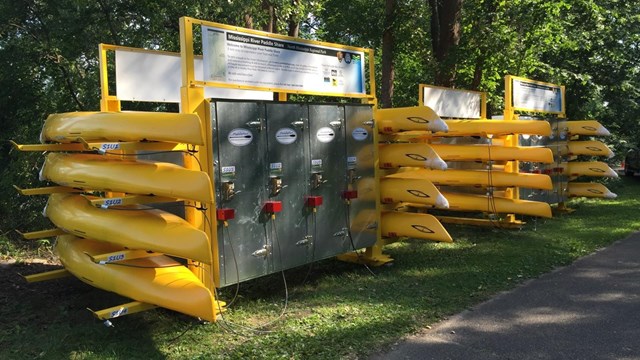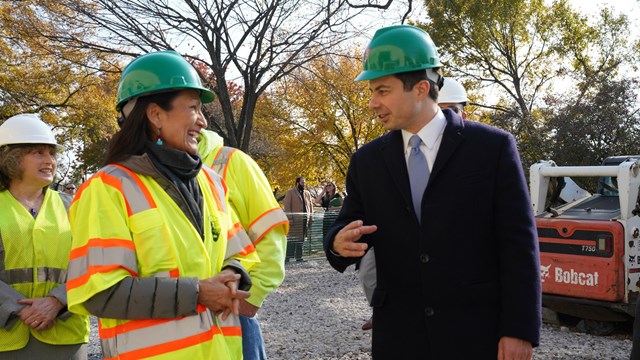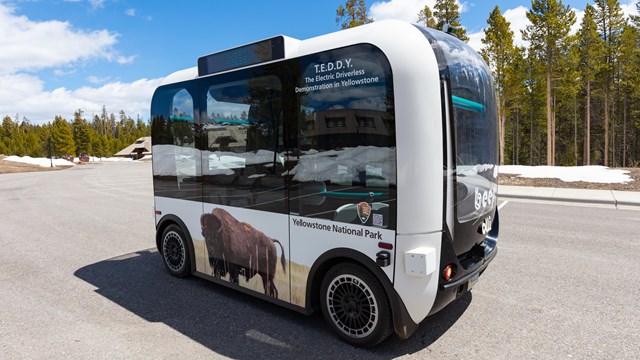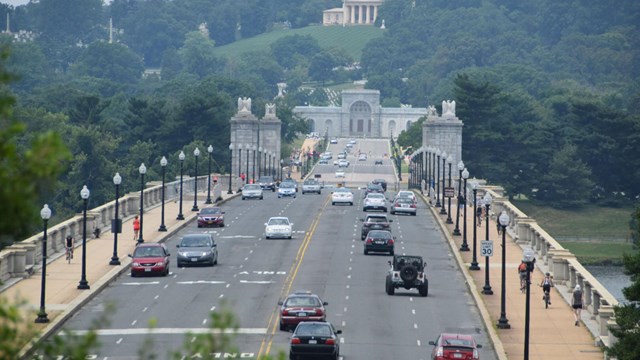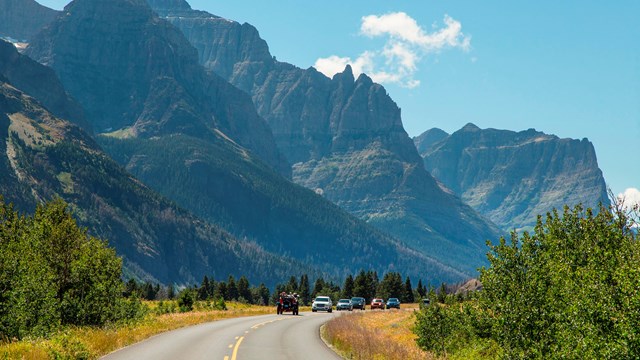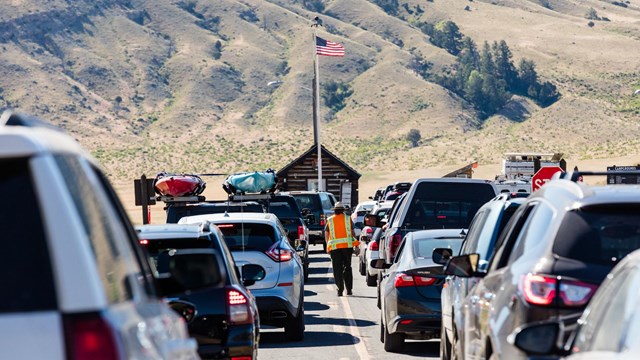Working Together to Connect People to Parks
From the transcontinental railroad to the canals that forged America, national parks tell the story of transportation in America.
The history of the National Park System is also inextricably linked to transportation. In the early part of the 20th century, the great railroads promoted parks in order to entice tourists to travel out west. The successful promotion of national parks and the advent of the automobile created a need for expanded access. Magnificently designed scenic roads and parkways have been central to defining visitor experiences by harmonizing with the environment and providing extraordinary views.
Today, the National Park Service (NPS) transportation systems provide 300 million visitors per year with access to America’s most treasured landscapes, natural wonders, and historic sites. These critical transportation networks connect NPS sites with nearby communities and contribute to local economic activity.
NPS transportation infrastructure is increasingly at risk from climate change and severe weather, with urgent needs to make infrastructure more resilient. The NPS works with the Department of Transportation Office of Federal Lands Highway and other partners to develop innovative and equitable transportation systems, while also producing fewer greenhouse gas emissions.
The NPS and its visitors will benefit from once-in-a-generation investments in transportation infrastructure through the Bipartisan Infrastructure Law (the Law) and the Great American Outdoors Act. The Law increases funding for the NPS under the Federal Lands Transportation Program by 22 percent to over $1.73 billion over five years. The NPS is pursuing additional funding from the Law in order to address NPS transportation priorities:
- Protect the climate and advance resource protection
- Enhance visitor experience and connect diverse communities
- Reinvest in the system and make legacy investments

